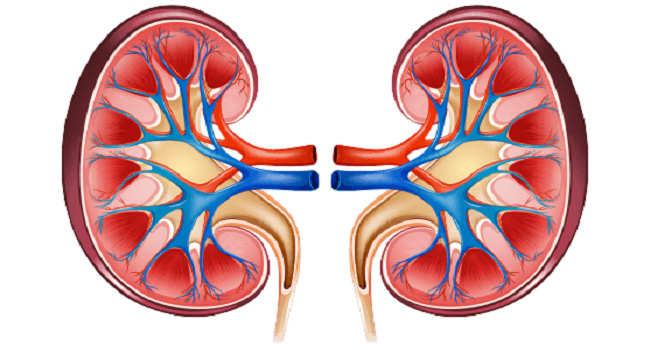
Kidney transplants are life-saving procedures that help people with kidney failure regain their health and vitality. However, sometimes, the body's immune system can identify the new kidney as a threat and launch an attack. To prevent this, doctors have been exploring different ways to strengthen the transplant's success.
A clinical trial delved into comparing two treatments, a combination of high-dose intravenous immunoglobulin (IVIG) and rituximab vs. rituximab alone, to find out which one works better as a preemptive therapy in kidney transplant patients containing preformed antibodies against the donor organ.
Preemptive Therapy
When a person gets a kidney transplant, their immune system might see the new organ as foreign and create antibodies to attack it. These harmful antibodies are called De novo donor-specific antibodies (dnDSAs). dnDSAs can damage the transplanted kidney and reduce its effectiveness, leading to potential rejection. To prevent this, doctors have been looking for ways to stop dnDSAs in their tracks.
IVIG and Rituximab combination vs. Rituximab Alone
High-dose IVIG is a mixture of antibodies from many donors. It's like a shield that helps the immune system work better and prevents it from attacking the new kidney.
Rituximab is like a targeted missile. It zeroes in on a specific type of immune cell called B cells, which play a role in creating dnDSAs. By knocking out these B cells, rituximab aims to prevent the production of harmful antibodies and protect the new kidney.
Clinical Trial
The researchers gathered a group of kidney transplant patients who were at risk of developing dnDSAs. They divided them into two teams: one received high-dose IVIG plus rituximab, while the other got rituximab alone. Over time, they monitored the patients closely to see how well these treatments worked.
A total of 46 patients (24 for rituximab and 22 for rituximab with IVIG) were included in the clinical trial. The average baseline estimated glomerular filtration rate was 66.7. The primary endpoint was the change in dnDSA titer at 3 and 12 months after treatment.
Results
After carefully observing the patients, the scientists discovered something promising. Both treatment options were effective in reducing the titer of dnDSAs. This means that both treatments acted as shields against potential kidney damage.
However, here's the interesting part: although the titer decline of dnDSAs was significant in both groups, there were no differences in titer decline between the groups. This means that the addition of IVIG did not provide any significant advantage over rituximab treatment in reducing the levels of dnDSAs.
Additionally, the kidney graft function and proteinuria levels were also similar in both groups.
Conclusion
The two treatment options: High-dose IVIG plus rituximab and rituximab alone have both shown their beneficial effects but the preemptive treatment with high-dose IVIG combined with rituximab did not show a better dnDSA reduction compared with rituximab alone. These results suggest that the addition of IVIG to rituximab may not be beneficial in reducing kidney graft rejection.
__________

